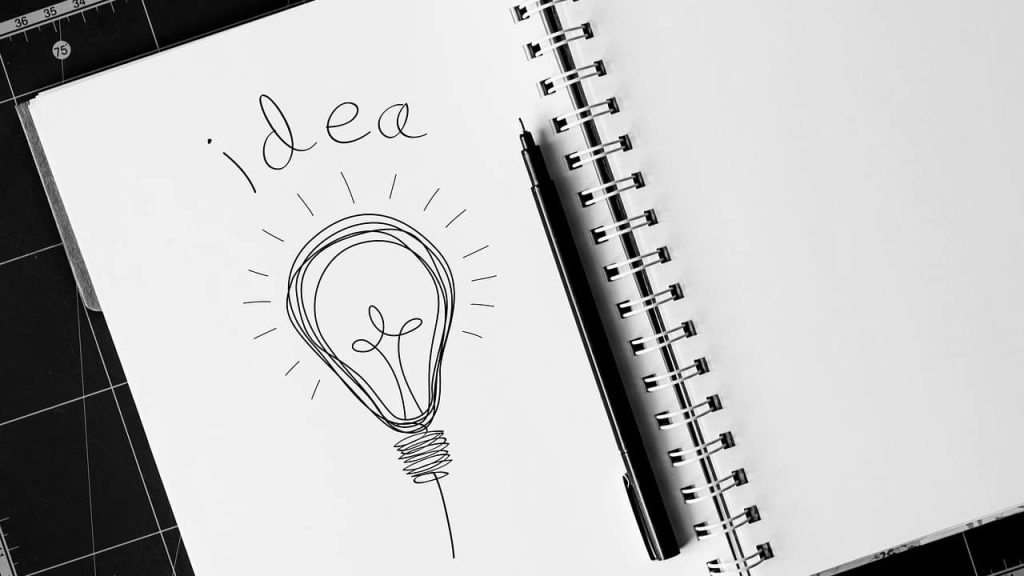Food Stamps, officially known as the Supplemental Nutrition Assistance Program (SNAP), help families and individuals with low incomes buy groceries. Knowing when these benefits show up in your account is super important for planning your meals and managing your budget. This essay will explain the details of food stamp deposit schedules, so you’re always in the know about when your benefits are available.
The Basics: When Do I Get My Food Stamps?
The exact day food stamps are deposited varies depending on the state you live in and sometimes even by your case number or the first letter of your last name. Usually, each state has a specific schedule, often based on the first letter of your last name or a part of your case number. This means everyone in your state generally gets their benefits on a similar day each month.

State-Specific Schedules: Finding Your Deposit Day
The deposit schedule is different depending on the state, which is why it’s essential to figure out your specific state’s rules. You can usually find this information through your state’s SNAP website or by contacting your local Department of Social Services or the equivalent agency. Many states provide detailed schedules, often in a simple-to-read format.
Some states use the first letter of your last name as the guide to determine your deposit day. For example:
- Families with last names starting with A-C might receive benefits on the 1st of the month.
- Families with last names starting with D-G might receive benefits on the 2nd.
- Families with last names starting with H-K might receive benefits on the 3rd, and so on.
Other states use a different system, perhaps based on your case number. This can be a little trickier, but the information is always available from your local agency.
Also, be aware of holidays! If your usual deposit day falls on a holiday or a weekend, your benefits might be deposited on the business day before or after. Always check the most current schedule.
Checking Your Balance: Staying Up-to-Date
Once you know your deposit day, you’ll want to keep track of your balance. Luckily, there are several ways to do this, allowing you to always know how much money you have available to spend on groceries. This information is crucial for budgeting and ensuring you don’t run out of funds before the next deposit.
Here’s how you can check your balance:
- Online: Most states have an online portal or app where you can view your current balance and transaction history. This is often the easiest and quickest way to stay informed.
- Phone: Many states have a toll-free number you can call to check your balance. You’ll likely need your EBT card number and possibly your PIN.
- At the Store: You can check your balance at any store that accepts EBT cards. When you swipe your card at the checkout, you’ll usually see the available balance displayed.
- Through your EBT account: You can check your balance online, via the EBT app, or by calling the EBT customer service number on the back of your EBT card.
Regularly checking your balance can help you avoid overspending and ensure you always have enough funds for your grocery needs.
Potential Delays and How to Handle Them
Sometimes, things don’t go as planned, and there might be a delay in your food stamp deposit. This can be frustrating, but it’s important to know what to do if it happens. Reasons for delays can include system glitches, holidays, or administrative issues. The key is to stay informed and take quick action if you don’t receive your benefits on time.
Here are some steps you can take:
| Action | Reason |
|---|---|
| Check your EBT card balance. | Just to make sure the funds haven’t been deposited. |
| Verify the deposit schedule. | Make sure you’re checking the correct date for your case. |
| Contact the SNAP office. | Report a missing deposit or any account problems. |
| Keep records. | Document any communication and transaction history. |
Contacting your local SNAP office is the most important step. They can investigate the issue and help you get your benefits as soon as possible. Keep records of any communication you have with the office, including dates and names, which can be helpful if you need to escalate the issue.
Making the Most of Your Food Stamps: Planning and Budgeting
Knowing when your food stamps are deposited is only part of the equation. Planning and budgeting are essential for making your benefits stretch as far as possible. By creating a budget and a shopping list, you can ensure you can buy the groceries you need and avoid running out of funds before the next deposit.
Here are some tips for maximizing your SNAP benefits:
- Plan your meals: Make a meal plan for the week to help you buy only the groceries you need and avoid impulse purchases.
- Make a list and stick to it: Before going to the store, make a shopping list based on your meal plan. This will help you avoid buying unnecessary items.
- Compare prices: Compare prices at different stores to find the best deals. Look for sales and coupons.
- Buy in bulk (when possible): If you have the storage space, buying non-perishable items in bulk can save money.
By following these tips, you can make your food stamps go further and ensure you and your family have access to nutritious food.
By understanding when your food stamps are deposited, staying informed, and planning your grocery shopping, you can confidently manage your benefits. Remember to always check your state’s specific deposit schedule and contact your local SNAP office if you have any questions or concerns. This will help you maximize your benefits and ensure you have access to healthy and nutritious food.